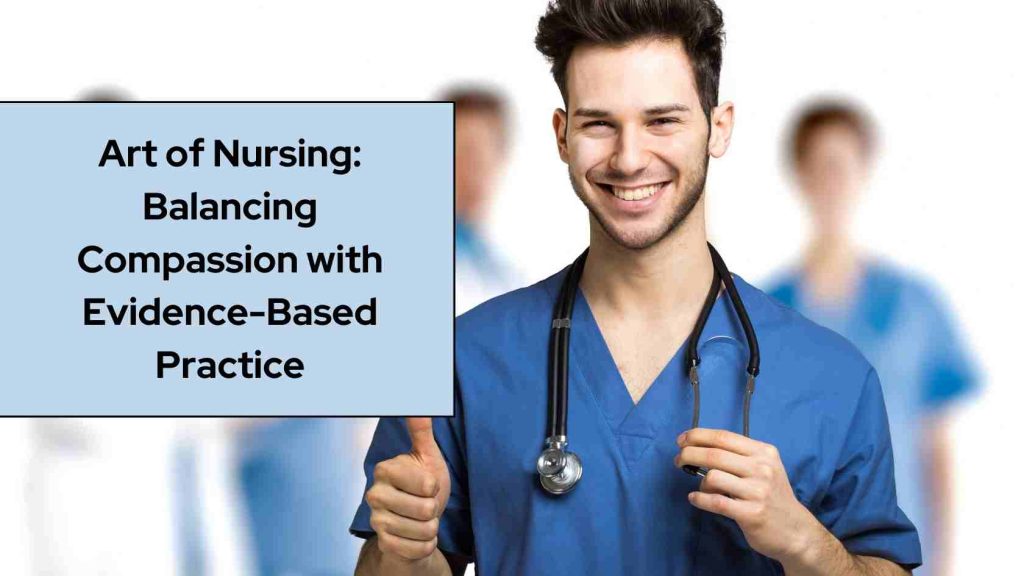- Oak Brook:(630) 705-9999
- Chicago:(312) 920-8822
- Email:inquiry@vervecollege.edu
- Make a Payment
- Home
- Programs
- Admission
- Resources
- ATI Entrance Exam Resources
- New E-Digital Library
- Refer a Friend
- School Newsletter
- Events
- Employers
- Job-Network
- Alpha Beta Kappa Candidates
- Verve College Library
- Graduation and Pinning Ceremony Photo Galleries
- Textbook Information
- Career Services
- Tutoring
- School Catalog
- FAQ
- Constitution Day Program
- Alumni
- Verve College Plans
- Financial Aid
- HEERF Reporting
- Satisfactory Academic Progress
- Apply For Financial Aid
- Net Price Calculator
- Return of Title IV Funds (R2T4)
- Financial Aid Office Code of Conduct
- Contact
- FAQs
- Verification Policy
- Vaccination Policy
- Student Right-to-Know Act
- Misrepresentation
- Information Security Program
- Academic Award Year
- Availability of Employee
- Cost of Attendance
- Health & Safety Exemption Requirement
- Students Rights and Responsibilities
- Leave of Absence
- Pell Formula
- Military Students
- Grants/ Scholarship Policy
- Contact Us
- Testimonials
- Blog
Is a Nursing Career Right For You?
Take The Free Quiz
The Art of Nursing: Balancing Compassion with Evidence-Based Practice
The Art of Nursing: Balancing Compassion with Evidence-Based Practice
This article provides a few reflections on the role of nursing in health development and defines how is nursing an art . We used bibliographical and qualitative research to achieve this. We aimed to stimulate thinking as well as raise awareness about this topic.
How is Nursing an Art?
The art of nursing is the ability to care for others with compassion, communication, and understanding. Nursing science includes the pathophysiology, disease processes, and techniques learned in Illinois College of Nursing accreditation and used during patient care. When nurses can use scientific knowledge from school and build relationships with patients, they apply the art and science. Idczack (2007: p. 3) states that the instructor gives nursing students tools for clinical practice, but it’s up to them to apply what they have learned in class when interacting with patients.
Nursing art and science influence each clinical nurse so they are no longer viewed as caregivers or mother figures. Practical nurses today apply scientific knowledge, evidence-based thinking, and autonomy. The nurse is not seen as a subordinate to the doctor, who only takes orders without questioning them. Nurses are now seen as part of a group of healthcare professionals who work together to challenge the doctor’s orders and advocate for patients when needed.
The nursing school spent much time studying pathophysiology and the nursing process. It was important to every student to understand the scientific art aspect of nursing, during nursing school years, which is still true today. Knowing and understanding the disease process helps to provide safe and effective patient care.
Practicing Compassion
Nurses said that compassion is like a workout. The more you practice, the more practical the outcomes will be. Understanding is linked to identical areas of the brain that are connected with joy. Nursing is challenging to leave even when we are on the brink of burnout. It’s addictive.”
One nurse clarifies, that physiology with the nurses in her care to make them aware of empathy fatigue and how it can affect their bodies and work.
According to the Centers for Disease Control, nursing is a mentally, emotionally, and physically demanding profession. It can be exhausting to meet the needs of many patients, help their families, and take care of those who are seriously ill or dying. Nurses must also balance their administrative duties. Long hours, physical and mental demands, and long work days can be taxing.
Nursing Practice: Readiness & Competency
Primary care burden increases as chronic disease incidence and the aging population increase in healthcare facilities. Nurses are involved in primary care, and they should use their training to improve the experience of health practitioners.
Practice Rationale Care: The Model
The practice rational care model illustrates that patients are at the heart of nursing care within a variety of healthcare settings. Nurses must establish rapport through therapeutic communication and perform competent nursing skills and procedures. Clinical reasoning is the way nurses think about patients’ concerns. How nurses use clinical reasoning to make clinical decisions will determine the positive outcome of their patients.
Clinical Reasoning
Clinical reasoning is “cognitive strategies and processes that nurses use to analyze and interpret patient data to diagnose and identify actual or potential problems and make clinical decisions to help resolve the problem and achieve positive outcomes for patients”.
Want to Make a Career in Nursing? Get More Information About Our Courses!
Summarizing It All Up
The Practice Rationale Care Model (PRCM) is a clinical reasoning, decision-making, and judgment system. The model is taught in the undergraduate night and weekend LPN programs and has significantly improved nursing practice. It is a multifaceted approach to integrating clinical reasoning, clinical decisions, and clinical judgment essential to the practical nursing process to prevent iatrogenic injury. According to the Institute of Medicine’s (IOM) Future of Nursing report, nursing professionals must continue their education and participate in lifelong learning to improve the technical skills and competencies needed for practice.
 Sign up
Sign up Login
Login




